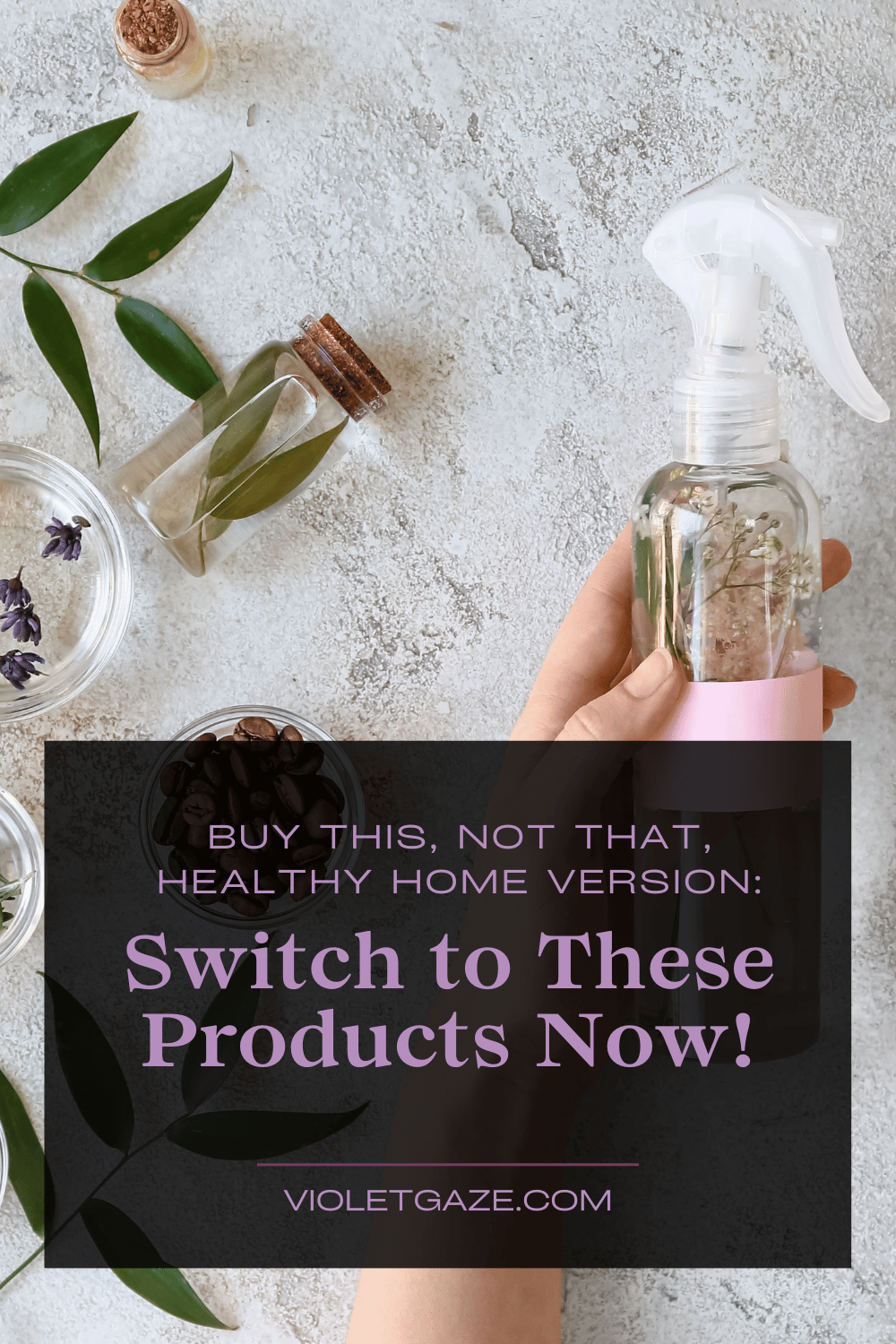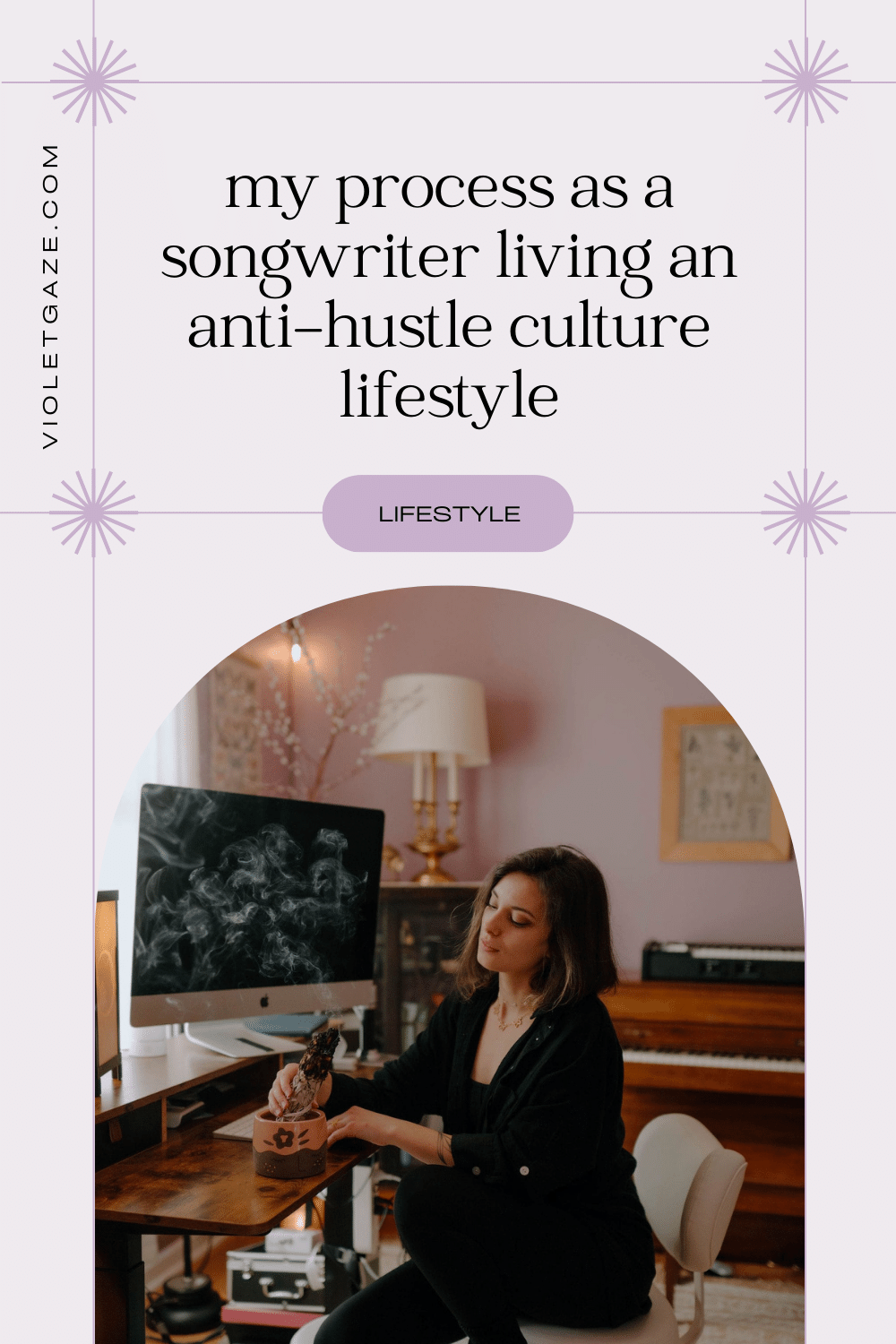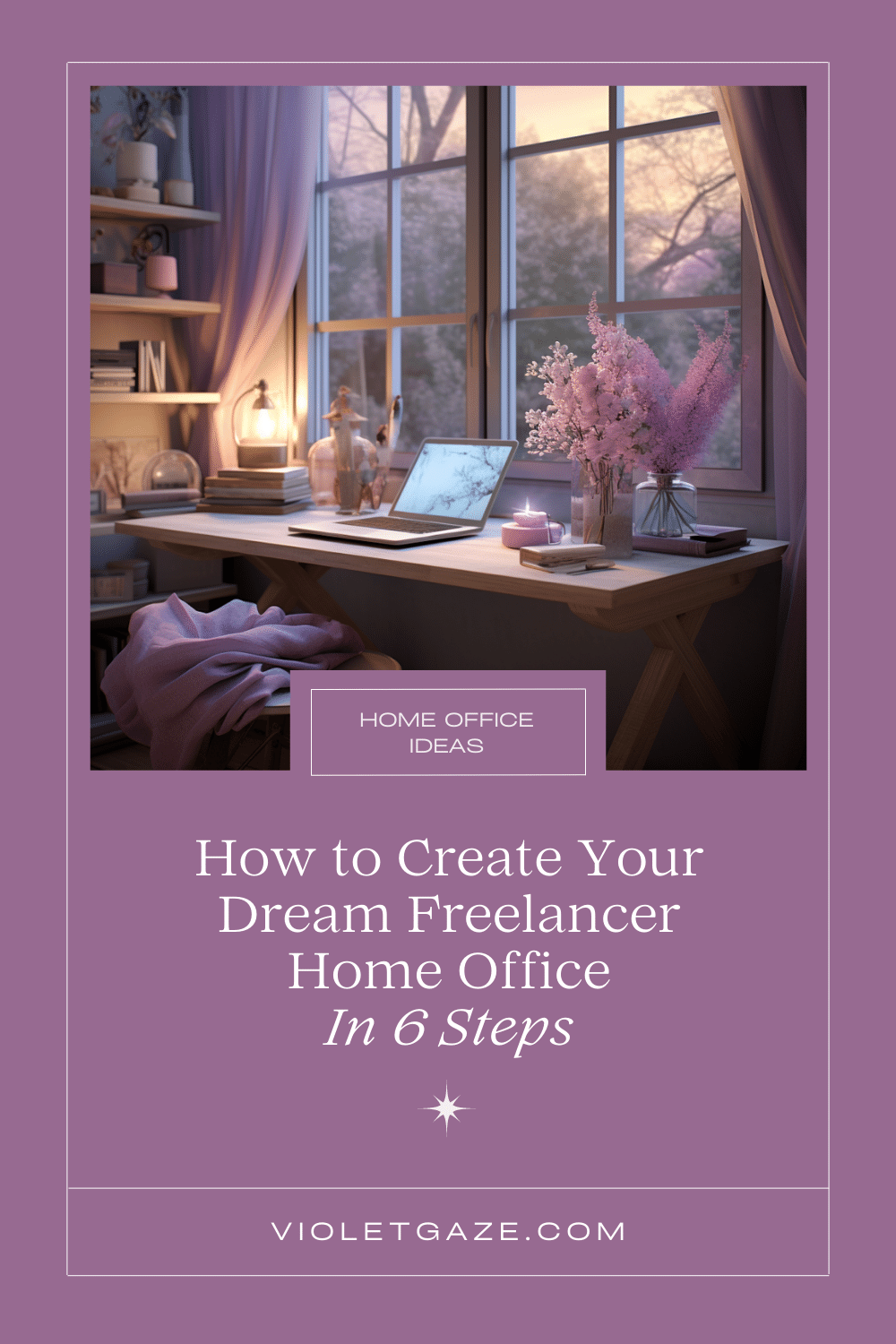My journey to healthy living wasn’t a quick switch. In fact, most of my friends growing up would say that I’d been “healthy” my whole life.
My parents were athletic, I did gymnastics, my brother was in sports, and on the outside, we all ate relatively healthily.
But as I grew up, I started getting invested in true healthy eating. Sure, eating pretzels and having no candy in my home might have seemed like it was healthy then, but once you learn about how gluten is an inflammatory and how pretzels are more processed than fresh fruit, you can start seeing how different so-called “healthy” foods (and products!)

And the same goes for products.
On the outside, what’s the difference between using household products that you’re not actually ingesting? They’re just going on your countertops, right? But if you peek into your bathroom cabinets, under your sink, in your shower, what do you really see under all the colors and fluff?
So today, I’ve compiled the (growing) list of products that we use that are more natural, organic, and green. While nothing’s perfect, I’ve taken the time to read these ingredients’ labels to make sure that they’re more trustworthy than some of the brands we see on TV, claiming they’re the best but really contributing to the toxins in our earth, homes, and bodies.
Let’s welcome natural products more into our homes now, shall we? ♥️
Related: 13 ways to use dried lavender for a cozy body + home
How to spot natural, organic products
So, you’re standing in an aisle (or perusing the web), with an overwhelming array of products in front of you, each boasting of their ‘natural’ and ‘organic’ origins.
How do you decipher the genuine from the gimmick? Simple: read your labels. It’s all about the ingredients list!
Just like you would do for your food, look for items you recognize and can pronounce, like essential oils, aloe vera, shea butter, baking soda, and other ingredients.
If you do spot an ingredient that’s alien to you, look it up on EWG’s Skin Deep database, which is an amazing resource that allows you to enter the ingredient in question and gives you a hazard rating from 1-10! The lower the score, the safer the ingredient is considered.
How to spot toxic products
In an ideal world, a green label on a product would mean it’s good for you and the planet, right? But of course, we live in a world where the term ‘green’ is often more a marketing strategy than a promise of health and sustainability, boasting words like “plant-derived” and “natural” but not really following the promises when it comes to the ingredients label.
Some call it green labeling or greenwashing, and it’s super tricky to navigate! While the design of the bottle might look like it’s only the simplest ingredients, you’ll often find that you’ll turn it over to a 15-line long ingredients list— yikes.
Ingredients List
That’s why, again, you always want to check if there is an ingredient list, and if the product doesn’t have one, consider it a red flag.
I find that transparency is a hallmark of truly natural, organic products. They have nothing to hide, so they don’t. And brands that do have things to hide will make it a lot harder to seek out the true ingredients— it might not even be listed on the website.
Foggy terms
Another thing to look out for is foggy and ambiguous terms. Words like ‘derived from…’ or ‘based on…’ might suggest that the product isn’t entirely natural.
Made-up labels
Brands loooooove to create their own ‘green’ labels to make the product seem more eco-friendly than it is. Look for labels like:
- USDA Organic
- Non-GMO Project Verified
- Certified B-Corporations
(but of course, even then are often backed by agendas that aren’t always up to par with true health standards. That’s why at the end of the day, making your own products or purchasing from a trusted small business owner is usually the winning choice!)
Decoding labels and understanding what’s really in our products may seem daunting initially, but as you become more conscious and informed, it becomes an empowering part of your holistic health journey! I don’t remember the last time I bought something without reading the label, and I welcome you to start making it a part of your practice when purchasing products.
Now that we’ve covered toxic and non-toxic products, let’s get to the list! Bookmark this, print it our, reach out to us if you feel like we should add another product to the list. We add to this list every time we find something new so it’s always up-to-date.
Related: 23+ wellness products to make your home a healthier haven
Bath, skin + body
- Lotion: Dr. Bronner’s Organic Hand & Body Lotion, not Aveeno, Nivea, Eucerin
- Face Scrub: Thrive Natural Face Scrub, not Burt’s Bees, Clean & Clear, Neutrogena
- Shampoo: Lush Shampoo Bars, or Pura D’Or Biotin Shampoo, not Love, Beauty and Planet, OGX, Aveeno
- Conditioner: Tree to Tub Conditioner, not Love, Beauty and Planet, NEXXUS, L’OREAL
- Body Wash: Dr. Bronner’s Pure Castile Liquid Soap, not Dove, Love, Nivea, Olay
- Toothpaste: Dr. Bronner’s Toothpaste or Dr. Sheffield’s Certified Natural Toothpaste, not Colgate or Crest
Cleaners & sprays
- Soap: A La Maison Lavender Aloe Liquid Soap, not Dove, Softsoap…
- Disinfectant cleaner: 1 part vinegar, 1 part water, 10 drops of tea tree oil, not Method, Lysol
- Ultra disinfectant cleaner: Sodium hypochlorite, not bleach
- Laundry detergent: Kind Laundry sheets, not Tide, Arm & Hammer, Gain
Kitchen
- Pots and pans: Stainless steel 11-Piece Cookware Set, not T-Fal or nonstick
- Spoons and cooking utensils: NAYAHOSE Natural Teak Wooden Spoons, not plastic or rubber spoons
- Dish soap: Sal Suds Biodegradable Cleaner, not Mrs. Meyers, Dawn, Palm Olive
Tools and materials
- Paint: Clare, Farrow + Ball
- Air purifier: HATHASPACE Harmony
Smells
- Candles: Everspring Candle (by Target), not Yankee Candle
- Incense: BRAHMAS
- Room spray: 1 part water, 1 part witch hazel, 10 drops of geranium essential oil, not Febreze
- Pillow spray: 1 part water, 1 part witch hazel, 10 drops of lavender essential oil, not Dr. Teal’s
Paragraph
Paragraph
Paragraph
This post may contain affiliate links, which means we'll receive a commission if you purchase through our link, at no extra cost to you.
Paragraph
Paragraph
Paragraph
Paragraph
Paragraph
Paragraph




Buy this, not that, healthy home version: switch to these products now
VIEW COMMENTS